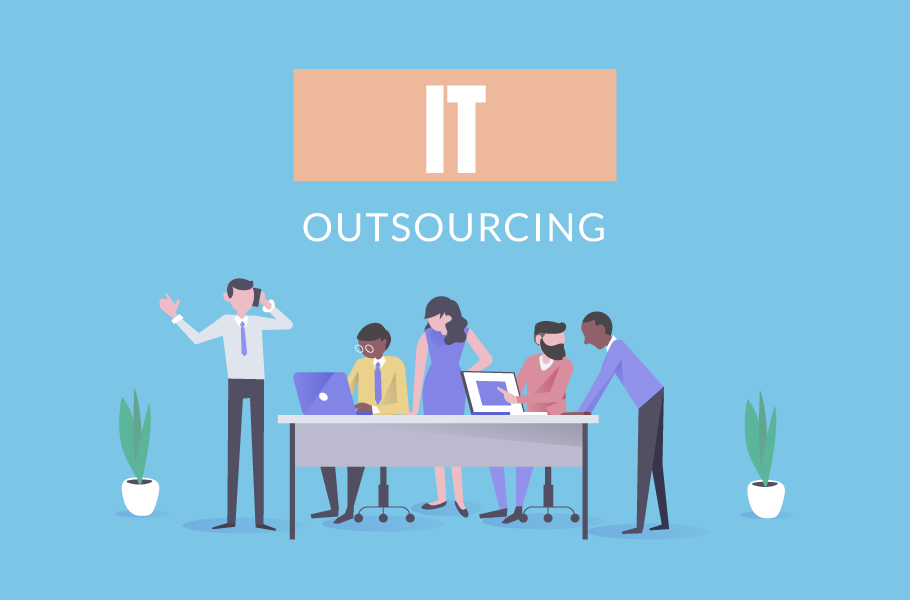Do you know how to calculate the ROI of all the IT investments of your company?
Most IT professionals do not make a forecast about the return on investment when purchasing a new IT solution. This generates a negative impact on the business as it creates a culture of hiring without metrics. This is bad for both sides, as besides not knowing when the result is negative, the same is true when the result is good.
For you not to be in the dark in such matters, we have prepared 10 tips to help you when purchasing a new solution:

Tip 1: Costs with the professionals involved
When you acquire a new solution or service, it is necessary to estimate the number of professionals involved and the hours spent on the project.
Tip 2: Service or license purchase?
Sometimes it is more cost-effective and efficient to outsource a service to a company that is a specialist in the subject than acquiring licenses and “doing everything at home”. Doing at home is very good when professionals are well managed. When this happens it is best to leave for those with expertise in the subject.
Tip 3: Learning curve
The time required to master a new process should be transformed into value: multiplying the learning period by the cost/time of the professional. If this process is very long, this indicator should be taken into consideration. Often a solution with many features delights the decision maker who oftentimes does not take into account the cost of the learning process which, as a rule, is not worth the investment if it is too long.
Tip 4: Time is money
All the hours spent on a project could be allocated to other priorities. Its use should be proportional to its urgency. Often the option to develop their own system with homegrown talent is chosen instead of hiring a supplier that is a specialist in the subject. In some cases, this is the best option, but in most of them this is a shot in the foot. Often the cost to develop at home is much higher and managers do not realize it because they do not calculate the proper investment in human capital.
Tip 5: How will the operation be affected
The IT environment affects all areas of the company. It is necessary to listen to decision-makers from other areas to make an assertive decision. A constant complaint among the areas in the company is that IT does not get involved in the business. This must be overcome so that new IT investments bring benefits and not more difficulties for other areas.
Tip 6: Technological obsolescence
Technologies have a short time of use. Your investments should estimate their lifetime. Have you ever imagined making a big investment that will be obsolete in a year? A survey on the relevant market can bring information to help estimate the time until obsolescence. A contract must include the release of new versions. Finding companies with significant market time also indicates that the development will be maintained for longer than from companies that come up overnight.
Tip 7: Checking support costs
Upon purchasing a solution, a few hours of support that are generally paid are needed. Take these costs into account.
Tip 8: Spending on customizations
Each company has a specific environment. Check if customizations are needed and what the cost of this technology is in order to suit your business.
Tip 9: Gain or loss of productivity
The productivity gain must be greater than the amount invested. If the goal is to reduce costs, the saved value must be proportionally greater than the loss.
Tip 10: Gather your team around the project
Before signing a contract, make sure your team is united. Internal boycotts for a solution that requires new knowledge are more common than you think. This generates a negative ROI, so be aware!
These were the tips, but many other indicators should be considered. Learn more at this link.
10-dicas-que-ajudarao-voce-na-escolha-de-uma-nova-solucao-de-ti


